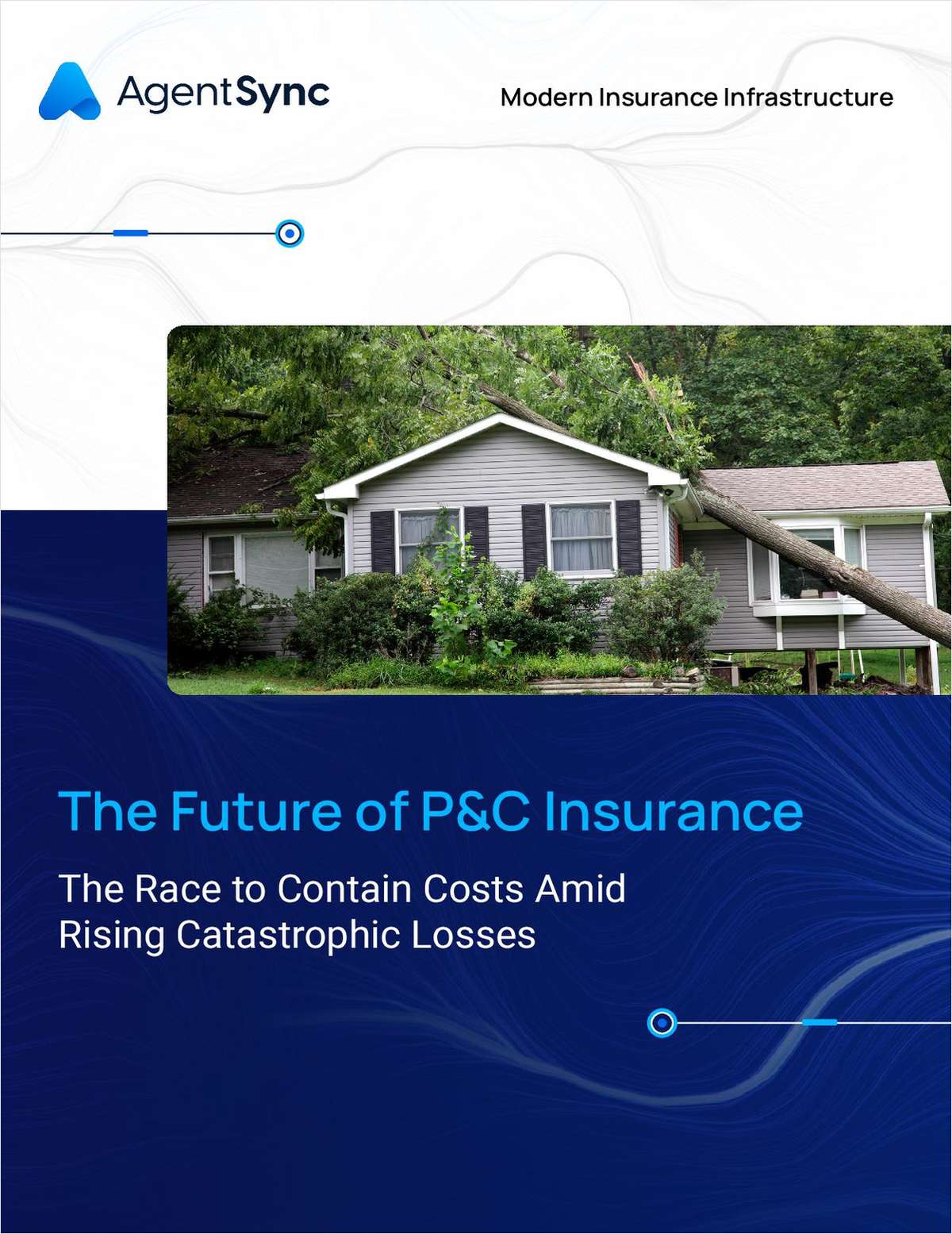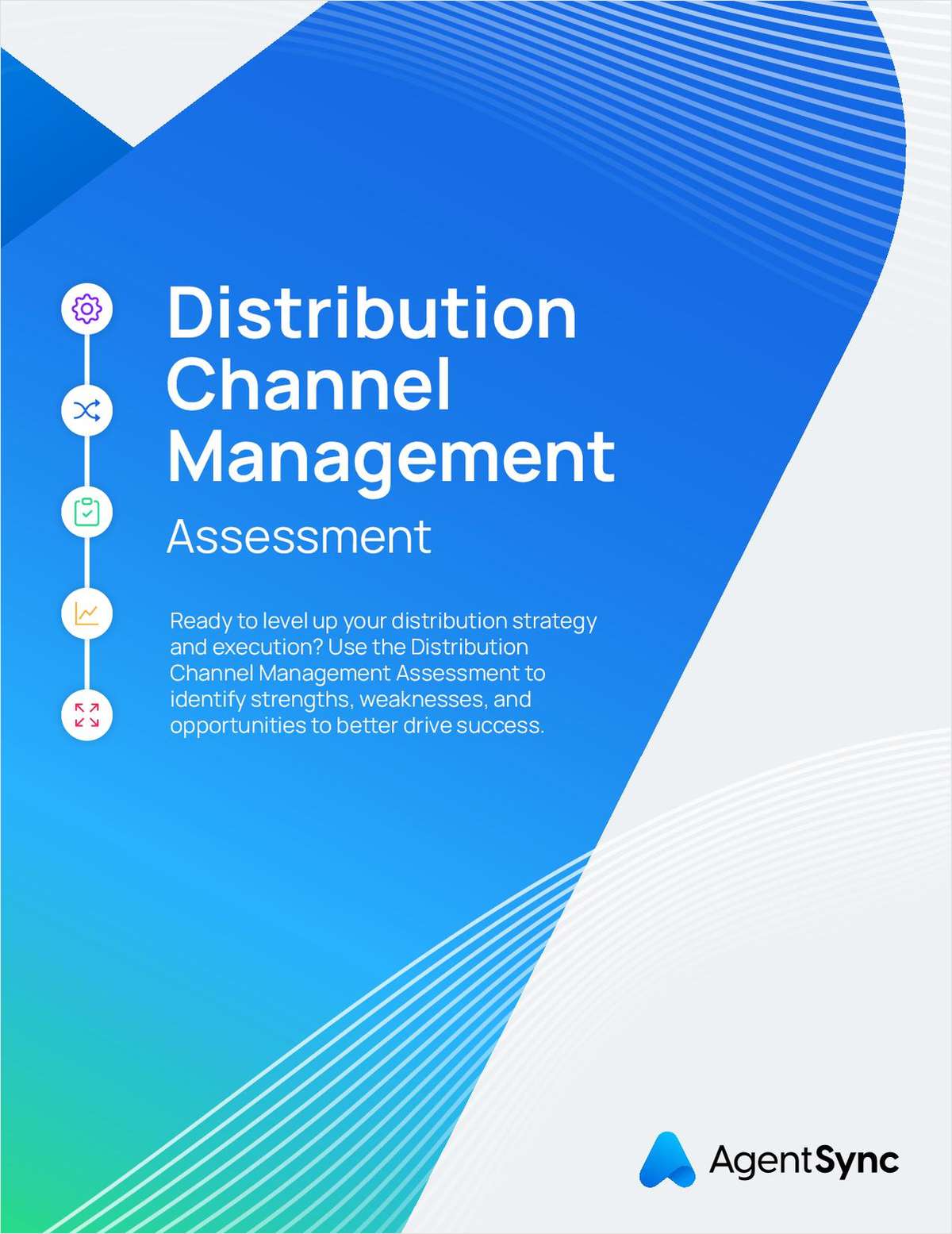Although the London market is unique, trends challenging the world's oldest insurance center–softening prices, increasing competition, pressure to cut expenses–mirror those around the globe, with the exception of the major fallout from the subprime market meltdown in the United States, London experts observed while attending the recent Reinsurance Rendez-Vous in Monte Carlo.
London is somewhat isolated but certainly not immune from the subprime woes rocking U.S. financial markets, with concerns raised about the amount of directors and officers claims that may emerge against players who got in over their heads in the mortgage crisis.
But in the meantime, as everyone waits to see how the subprime debacle will play out, “we're all having to grapple with falling [premium] rates, falling investment income, claims inflation,” Richard Ward, chief executive officer of Lloyd's, told National Underwriter.
Part of this is due to fraudulent claims across the globe, he said, citing this as a byproduct of the sinking economy in general. He explained that increased litigation is a natural outcome of the current financial environment.
“People suffering financially sometimes look to insurance to bail them out across the board,” Mr. Ward said.
In the United Kingdom, he noted, “we have an issue with fraudulent motor claims, where they deliberately ram into the back of another car and claim whiplash and all sorts of problems. These are criminal gangs.”
Like other insurance entities that are becoming more global, Mr. Ward said Lloyd's has expanded its reaches to Brazil, China and Singapore, and is looking to the Middle East. He also said Lloyd's is extending licenses in the European Union, where there are opportunities in Poland and Bulgaria. “We're waiting on India still,” he said. “It's been years.”
Andrew Kail, partner and U.K. insurance leader with PricewaterhouseCoopers in London, agreed that pricing in the London market is soft, similar to other markets. In certain classes, “you're looking for premiums to harden, but it is softening in general,” he said.
The big news of late, he observed, is the poor quality of investment returns. “That's what's depressing the companies that are thinking about next year,” he said. “Because one of the things they were prepared for, if you go back 12 months, was the softening cycle. But I'm sure in their forecast they'd assumed a return on their investments, which to some extent would have offset that.”
Mr. Kail added that “to the extent they're announcing poor investment returns, that was unexpected in the plan and therefore, that's depressing results.”
At one level, he added, “everyone's in the same boat, so no one company is suffering at the expense of others.”
On a positive note, he said investment portfolios of London companies are “typically consistent, and virtually none of them have had major subprime issues.”
One exception, he said, is Catlin Group, which took a $75 million hit from subprime-related losses, “which in the grand scheme of things is very minimal. So London has largely escaped subprime.”
He acknowledged that London's vulnerable area related to subprime, “although there's been little evidence,” is that “London writes a large directors and officers book and errors and omissions book, and if from the financial institutions there are class actions, that could flow into London.”
While London writes about 20 percent of D&O globally, “it's actually more of a U.S. issue than a London issue,” he added.
“So that's the backdrop to the results,” Mr. Kail said. “Because there are unlikely to be any underwriting developments that mean the market hardens for 2009, you're looking at rates that are stable at best, softening at worst, and the investment outlook is now more uncertain.”
The upshot of this, he said, is that results for 2009 are “far less healthy than 2008, because getting into technical accounting conventions, the way you account for insurance is that in 2008, for example, a large amount of the result is the earning through the 2007 premiums,” which were written at a higher price, because 2007 was higher than 2008.
“So as each successive year comes, it takes at least one year for the results to wash through,” he explained. “And so all you'll have in 2009 is half of the 2008 business earning and half of the 2009 business.”
In response, he warned, “you'll see cost-cutting very high on companies' agendas,” which could mean laying off staff.
Mr. Kail said a primary writer's income would become depressed as rates soften, meaning that primary insurers are looking to control costs where they can.
While reinsurance prices are coming down to some degree as the market softens, those costs are “not typically that controllable,” he said, with the result being that primary carriers are “retaining more.”
And while broker commissions are dropping, this also is not seen by companies as being controllable, he explained, because in London the big brokers “have a large power base, meaning it's difficult for a medium-size London insurer to exercise leverage over the major brokers to drive down commission rates materially.”
What is left are the costs companies see as controllable, “and those are people and property related,” he said. “In a way, that's why you're seeing a continuation of what's been there for the last couple of years–where people are looking at offshore to lower cost locations as much of their operations as makes sense.”
This will likely spur further growth in off-shoring certain company operations–for example, moving the work of 50 employees who “currently work in London, at London salaries and London real estate costs, to Mumbai.”
Another cost-cutting target Mr. Kail cited is travel and entertainment. “Wherever they can, companies are tightening the belt,” he said.
Most London observers tell you there's an excess supply of insurance–and that's true, in virtually every line of business.
In addition, most gathered in Monte Carlo said the investment returns of many London underwriters are a lot less than they used to be, so that's making them focus on underwriting discipline. “I think that our general view over most lines of business is that we expect to see some gradual softening in rates, irrespective of other events,” said Mr. Kail. “There isn't the freefall of pricing that we've seen in previous years.”
Julian James, executive chairman of international operations with Lockton, observed that “last year here [in Monte Carlo], everyone was talking about how the world of securitization, catastrophe bonds…was going to take over the traditional insurance world. That hasn't happened.” He noted that “the traditional reinsurance market is still alive and kicking, and in most cases offering the best point of risk transfer.”
The trend of companies to relocate home offices out of London–in part, driven by tax considerations–is “not affecting where the underwriting decisions are getting made,” he said. “So for us, it's a bit of an academic trend, frankly. The London market's as strong as ever.”
Mr. James added that the chairman of Lloyd's, Lord Peter Levene, is “pushing the U.K. treasury to do something about” the tax disparity undermining the market's competitive position.
Romy F. Comiter, senior manager with SMART Business Advisory and Consulting UK–which assists insurers, reinsurers and brokers in London, Bermuda and the United States with regulatory issues, data management and operational improvements–explained that in 2008, Lloyd's has endured a soft insurance cycle, brought on as a result of a lack of major catastrophe losses over the last two years.
She explained that parallels can be drawn to 1998, when Lloyd's was also in a soft market. “As Lloyd's faces another downturn in the market, the question being raised this time around is: Has Lloyd's ability to withstand a soft market improved?”
Ms. Comiter said that considerable changes have been made in the last decade at Lloyd's, which left it “in a better financial and regulatory shape than ever before. Insurers have an improved understanding of risk, risk management and capital requirements. These changes have been compounded by industry regulation and rating agency scrutiny.”
She explained that there has been a mixture of “large losses and peak profits” in the last 10 years–peaking in 2007 with a record year of profit at Lloyd's.
Expectations are that even with the soft market and “despite the evitable pull of lower investment returns,” 2008 will be another profit-making year at Lloyd's.
She noted, however, that “there is no denying insurance is cyclical, and the peak has passed.” She pointed out that while there is always the threat of a large natural- or man-made catastrophe, “if insurers adhere to the reforms and values, then Lloyd's should be better positioned now than it was in 1998 for the next shift in the cycle.”
Creation of the Lloyd's Franchise Board, she added, to oversee the business plan and activities of the market's syndicates, has “gone a long way in addressing the external fears that good insurers have been (and could again be) dragged into supporting poor underwriting operations.”
However, she added, the Franchise Board has “yet to be tested in a soft market, but it does have significant powers to police syndicates that fail to reach the minimum level of competence and performance.”
The board's powers, she said, range from restricted underwriting in certain classes of business, to suspending or deregistering a managing agent.
The failure to create a cost-effective operating environment still hampers Lloyd's, she noted, “hence, there is a pressing need for insurers to streamline their delivery–in terms of cost and service–from quotation to claims settlement.” As the market continues to soften, cost efficiencies become more important, she added.
Meanwhile, Ms. Comiter noted, “over the past few years there has been a shift in the type of business coming into the London market.” While Lloyd's has always been recognized for its ability to insure specialist, high-value and unusual risks, she said coverage for everyday risks–which tend to be of lower value–is not as readily available.
To maintain a diversified portfolio and a share of lower levels of coverage, she said underwriters are finding the need to expand their reach, opening global local offices and entering into more binding arrangements.
“This trend has placed greater pressure on the traditional operating model of many syndicates, adding additional layers of complexity to the operation and typically a decrease in operational efficiency,” she said.
These changes, along with increasing regulatory demands, she noted, have created pressure points that can affect business performance.
“Better capital and enterprise risk management controls go a long way in preventing excessive price cutting, as should more efficient capital management practices,” Ms. Comiter said.
She predicted that more intrusive examinations by rating agencies and regulators will increase insurers' need to “demonstrate [success] thorough key performance indicators, which can help drive the right behaviors in devising high-performance operating models, and robust strategies to see them through the cycle.”
Want to continue reading?
Become a Free PropertyCasualty360 Digital Reader
Your access to unlimited PropertyCasualty360 content isn’t changing.
Once you are an ALM digital member, you’ll receive:
- Breaking insurance news and analysis, on-site and via our newsletters and custom alerts
- Weekly Insurance Speak podcast featuring exclusive interviews with industry leaders
- Educational webcasts, white papers, and ebooks from industry thought leaders
- Critical converage of the employee benefits and financial advisory markets on our other ALM sites, BenefitsPRO and ThinkAdvisor
Already have an account? Sign In Now
© 2024 ALM Global, LLC, All Rights Reserved. Request academic re-use from www.copyright.com. All other uses, submit a request to [email protected]. For more information visit Asset & Logo Licensing.








